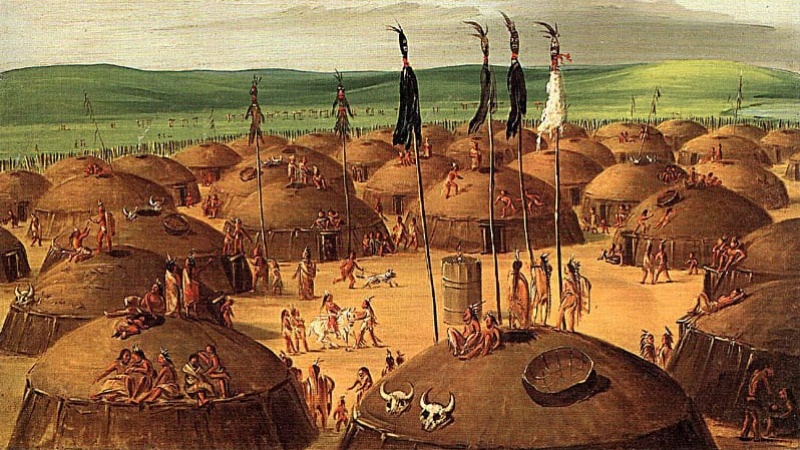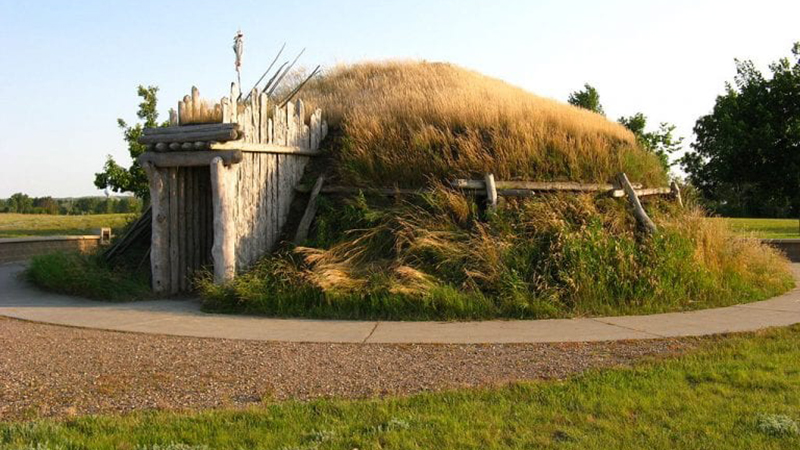Editor’s Note: CLLAS affiliated faculty member Stephanie Wood will lead schoolteachers along the Lewis and Clark National Historic Trail.
Prof hits the trail to get another view of Native American history / from Around the O
 October 30, 2018—Next summer, 25 schoolteachers will embark on a 550-mile expedition along the Lewis and Clark National Historic Trail to uncover new knowledge: how to better integrate Native American histories into their curriculum.
October 30, 2018—Next summer, 25 schoolteachers will embark on a 550-mile expedition along the Lewis and Clark National Historic Trail to uncover new knowledge: how to better integrate Native American histories into their curriculum.
The trip is part of an initiative led by the UO’s Stephanie Wood to help educators create a more balanced and judicious approach to the nation’s history by weaving the experiences of indigenous peoples into their teaching. Wood, a research associate in the College of Education, was awarded $179,247 from the National Endowment for the Humanities to support the Discovering Native Histories Along the Lewis and Clark Trail summer institute.
The institute will draw from seminars, an immersive trip along the historic trail and meetings with tribes to help participants deepen and reframe the Lewis and Clark story.
“Lewis and Clark remain iconic figures in America’s history of discovering and settling the West, but there’s a story that doesn’t get told about the indigenous points of view about the coming of the Europeans,” Wood said. “This educational journey will help teachers better understand indigenous experiences and perspectives and bring greater balance into their classrooms.”
The three-week summer institute will begin in Billings, Montana, and conclude in Bismarck, North Dakota. Moving west to east will allow participants to imagine the position of the first peoples as settlers approached their land.
Between the two cities, the group of educators will visit notable landmarks along the Lewis and Clark Trail and meet with tribal representatives as they consider how to address core themes of indigenous history in curriculum development.
“The group will be able to really see what life was like before and after the arrival of the Europeans and gain a better understanding of the tribes’ profound associations with the landscapes,” Wood said. “They will pick up knowledge from both the trail and from elders and educators across a number of tribes, including Apsáalooke, Northern Cheyenne, Mandan, Hidatsa, Arikara and Lakota.
 “They’ll learn that there’s no one indigenous experience to extract from these conversations but a multitude of stories that will add many more voices to this historical moment.”
“They’ll learn that there’s no one indigenous experience to extract from these conversations but a multitude of stories that will add many more voices to this historical moment.”
Wood hopes the institute will help educators teach a history that includes the harmful interactions that took place during these early encounters — like the broken treaties, disease and dislocation — but also a history that shows how Native Americans helped the Europeans with food, shelter and guidance.
“There’s an opportunity to consider and teach the shared history, that’s not all negative, between the many tribes along the trail and the European-American explorers,” she said.
Wood hopes that these efforts will help indigenousyouth find pride in their heritage. She believes there’s a way to understand a fuller story, without erasing any aspect of it.
The institute stems from Honoring Tribal Legacies, a collection of digital resources educators can use to amplify indigenoushistory in their lesson plans. The project was started at the UO in 2010 with funding from the National Park Service.
Its aim is to integrate indigenousperspectives into educational programming, especially around the Lewis and Clark Historic Trail, and share with teachers nationwide. Curriculum designers from Honoring Tribal Legacies have been instrumental in developing the itinerary and materials for the new summer institute.
The teachers that attend the summer institute will play a core role in future curriculum development, as one of the goals of the institute is to leverage the collective knowledge and experience of the educators to draft new materials that will be shared online and available for use in schools across the country.
Wood explains that, in addition to bringing greater balance to history, the effort also addresses legislation enacted by a majority of U.S. states, which mandates inclusion of Native American history into public education.
“Teachers are hard-pressed to meet that demand because they don’t have the materials and tools to do it,” Wood said. “This initiative will help educators enrich their curricula to include native culture and history. We hope this effort contributes to tribal sovereignty and indigenous cultural survival — along with the well-being of indigenousstudents, who can grow up with pride in their heritage.”
—By Emily Halnon, University Communications
